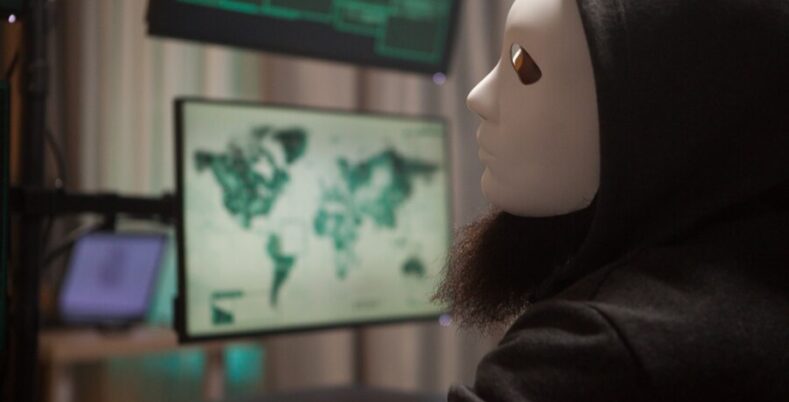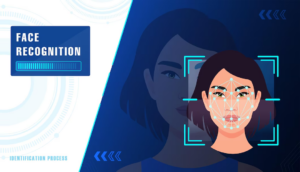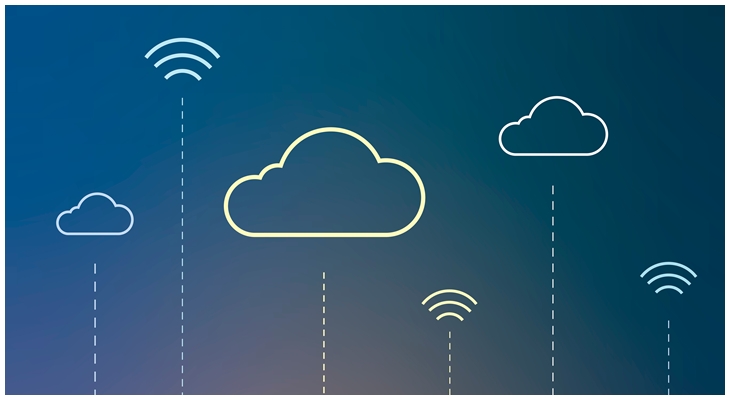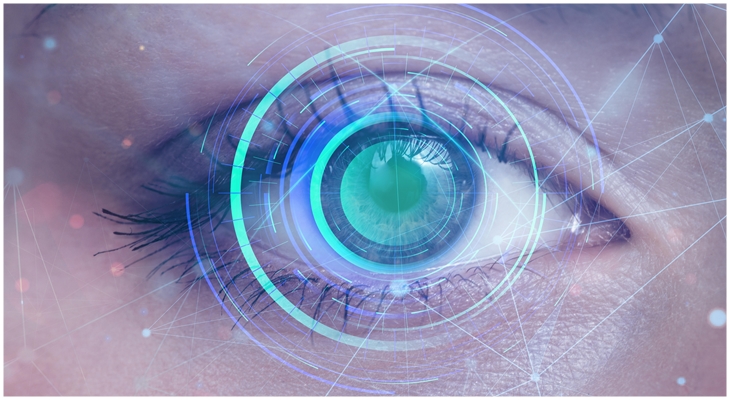Deepfakes are basically synthetic media that utilizes AI and machine learning techniques used to generate videos, images, and audio recordings, which isn’t real but appears to be. Shockingly, a study reveals that around 43% of people admit they can't distinguish between real video and fake. The working of deepfake technology is simple, it combines a generator and a discriminator within a neural network. The generator creates content, while the discriminator confirms its authenticity, as if someone is saying or doing something they never did.
Here's a solid example of deepfake misuse to help you understand better: If your sensitive information, including personal or bank details, gets into the hands of bad actors, they may use deepfake audio to connect with your bank and lead to fraudulent activities. This could result in significant financial loss and damage to your reputation. Deepfake can have serious consequences, from misuse of information to destruction of someone's information. In this article, we'll explore strategies to combat deepfake misuse.
Let's get started.
Knowing the Impact of Deepfake
Deepfake has a significant impact on different sectors. Below are some of the deepfake technology concerns:
- It is one of the threats that pose complex challenges to businesses.
- It threatens the reliability of digital content, leading to misinformation and disrupting reputation.
- Deepfakes can be used for blackmailing, disturbing relationships between stakeholders, and losing customer confidence.
- Influence on public opinion and public opinion.
- Deepfake can harm the mental health of individuals, violating their privacy, dignity, and reputation.
Steps to Mitigate the Misuse of Deepfake Technology
Creating Awareness and Media Literacy
It is essential to educate the public and promote media literacy among them. Make sure to know about the potential impact of deepfakes. Provide the right tools and software for deepfake detection, as this can avoid unnecessary hassle. Moreover, some key things you can keep in mind are:
- Check for inconsistencies in the audio and video digital content
- Make use of reverse image search to find the original image source
- Train oneself and others about deepfake technology and its impact
Law Enforcement
Strengthening laws and policies concerning deepfake technology is increasingly vital. They must clearly define the malicious use of deepfakes and offer practical solutions for preventing digital harm.
Use of Blockchain Technology
Blockchain technology, with its ability to provide a historical record of videos, images, documents, and more, offers a robust solution to ensure the originality of digital content. This makes it significantly harder for deepfake content to pass off as accurate. Companies can leverage blockchain-based content verification systems to ensure the authenticity of their digital content, thereby mitigating the risk of deepfake misuse.
Safeguarding Your Digital Identity
Your digital identity is your most critical asset in the digital age. It's crucial to take proactive steps to protect it. For instance, you can prevent unauthorized access to your social media accounts by implementing robust security measures such as creating a strong password, using multi-factor authentication for login, and monitoring account activity.
By doing so, you can significantly reduce the risk of your information, photos, etc., being stolen for generating deepfakes, thereby safeguarding your digital identity.
Examples of Deepfake Detection
Facebook Deepfake Detection Challenge
In 2019, Facebook partnered with other leaders to create a Deepfake Detection Challenge (DDC) to boost new ways to detect deepfake videos. They have allowed experts and researchers worldwide to come together, benchmark their deepfake detection, try innovative approaches, and learn. This challenge will help the industry address the challenges faced by deepfake technology and identify the authenticity of content they see online.
The Code of Practice on Disinformation
The 2018 Code of Practice on Disinformation aims to unite industry leaders worldwide to defend disinformation. In the EU strategy against disinformation, the Code is known to be a highly effective tool for restricting the spread of misinformation online, including deepfakes, fact-checking, and the technology used to combat deepfakes.
Wrapping it Up
While deepfake paves the way towards a battle against spreading misinformation, threats to national security, and loss of trust in digital media, photo and video manipulation works well for fun, but it isn't within that. Now is the time to take proactive measures to keep deepfakes at bay and be safe online. Visit our blogs for more insights on helpful topics.
You May Also Like:
How to Detect Deepfakes: An Ultimate Guide
The Impact on Trust and Credibility: Deepfakes in Media and Society






